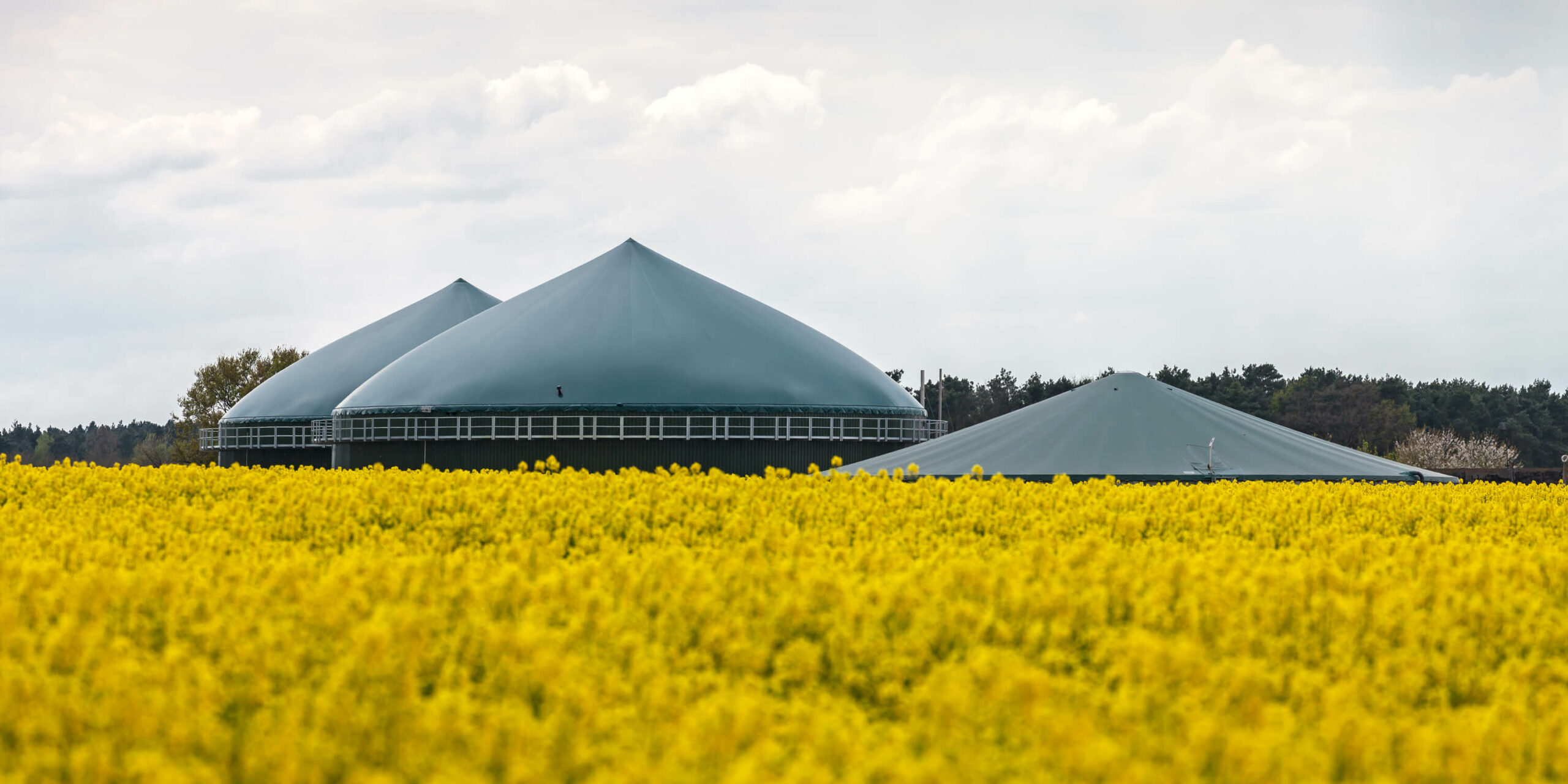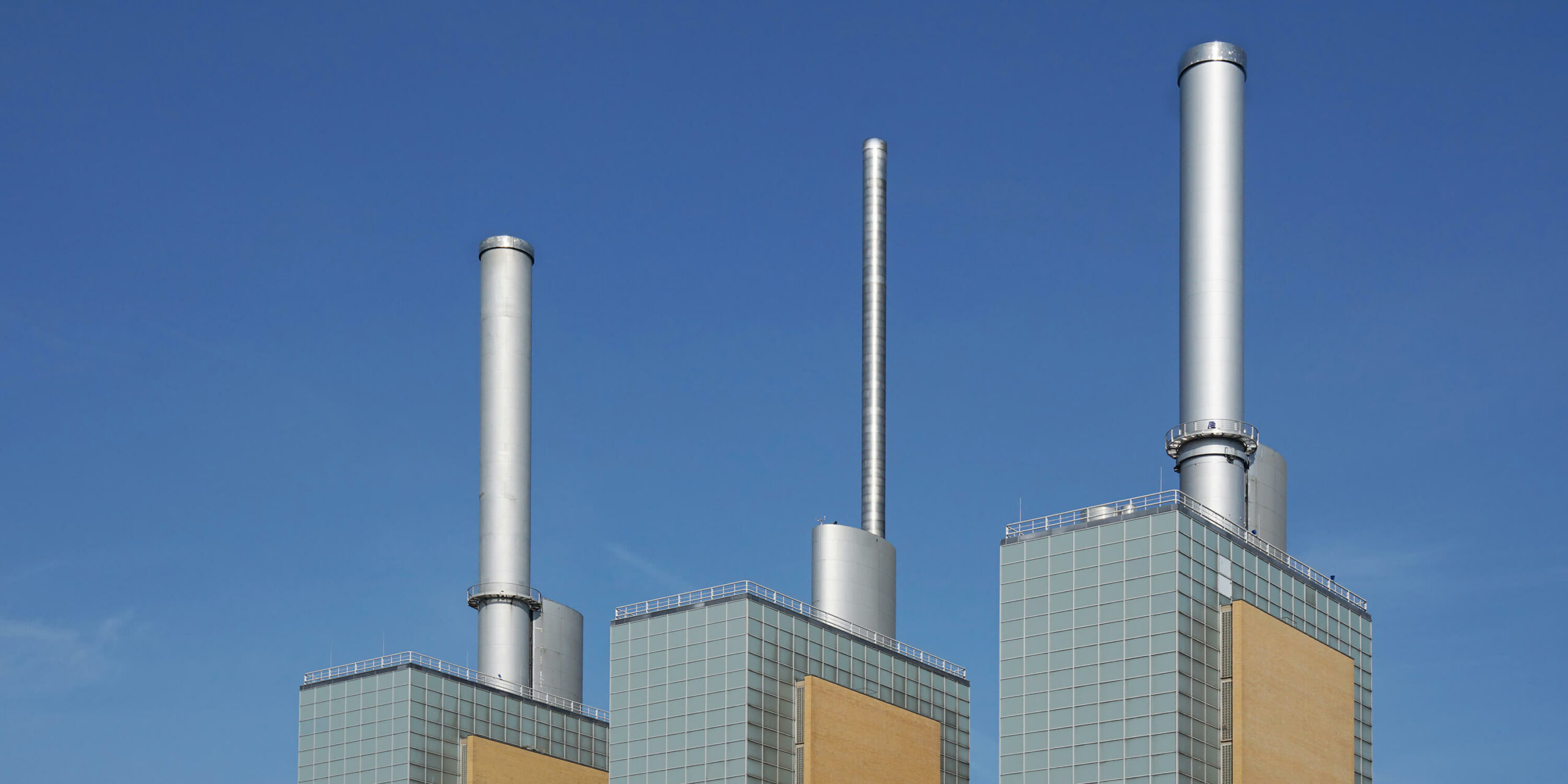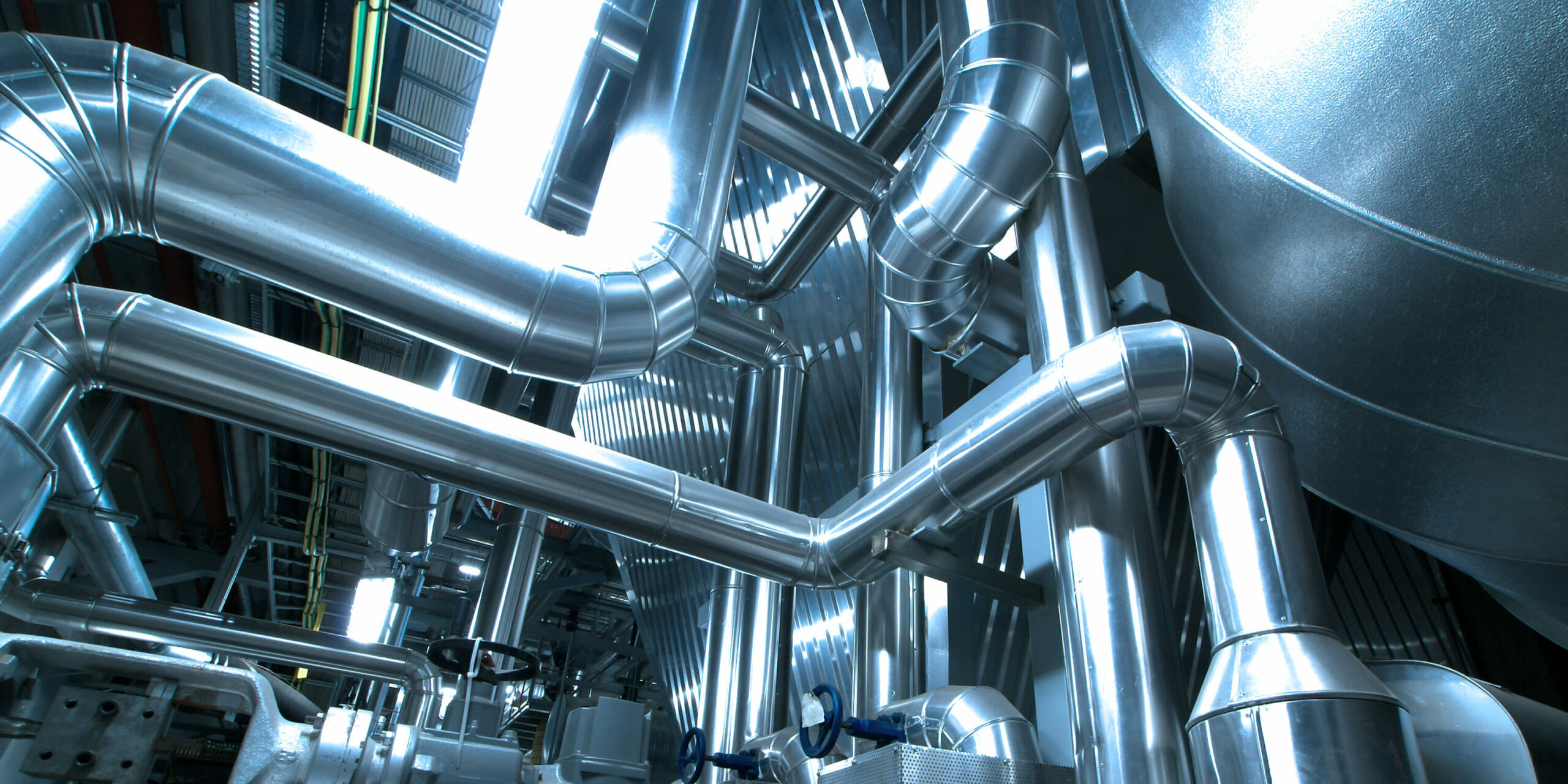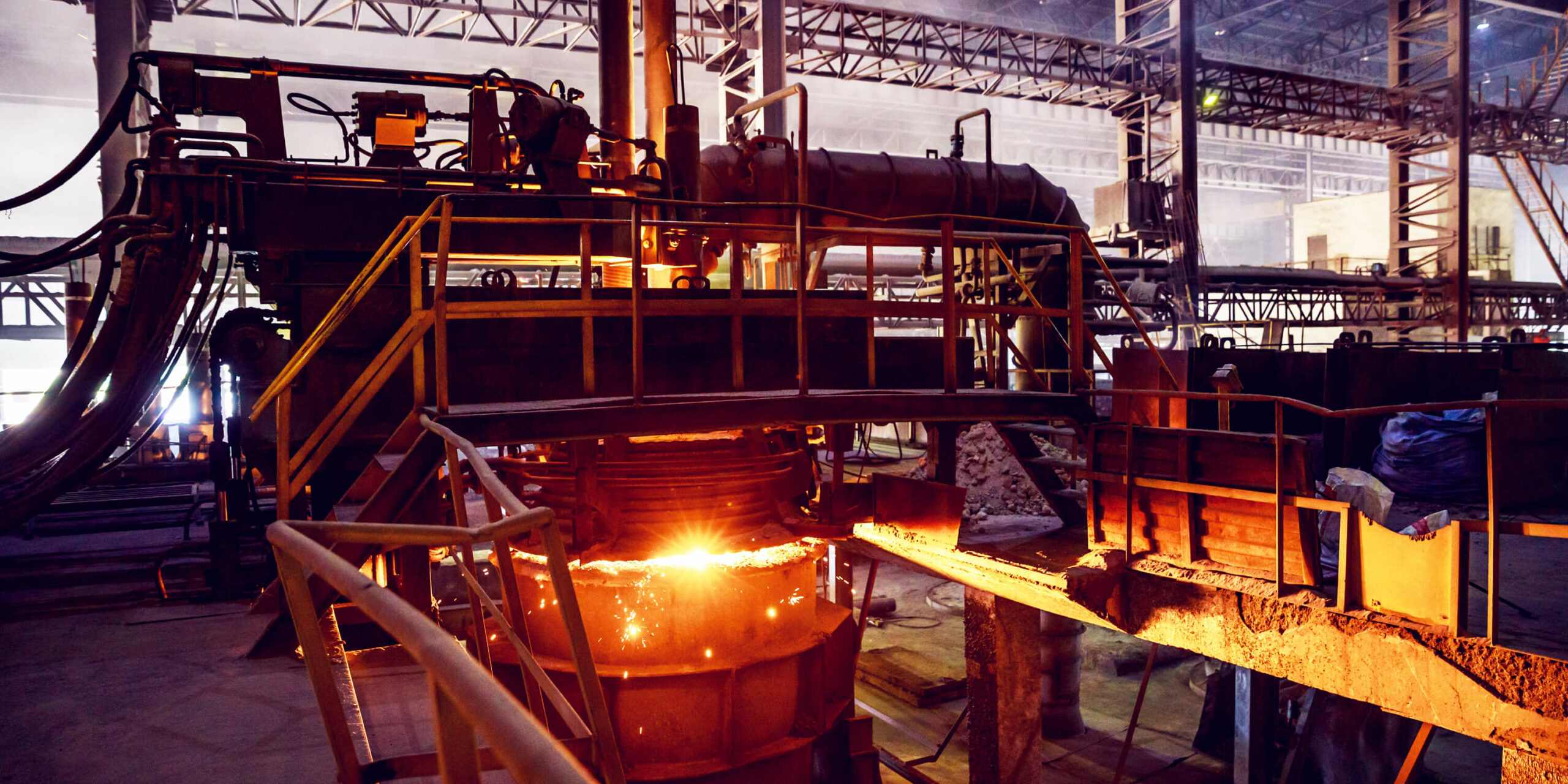Gas treatment – biogas, sewage gas and landfill gas
Gas treatment
Treating biogas, sewage gas and landfill gas

APROVIS is an expert in gas treatment technology. This includes the following areas:
- FriCon (gas cooling, gas dehumidification)
- Gas heating
- ActiCo (sulphur and pollutant removal)
- Compressors and gas blowers
- Process gas heat exchanger (biogas to natural gas)
- Flexible use for combined heat and power plants and biogas plants
FROM BIOGAS TO BIOMETHANE
Feeding biomethane into the natural gas grid is playing an increasingly important role. APROVIS handles the biogas purification process and, in doing so, ensures the safe operation of biomethane treatment plants. Reliable gas purification is required to enable the production of biomethane from biogas by eliminating carbon dioxide (CO2). Only this process promises a continuous flow and a small number of downtimes.
How upgrading biogas to biomethane works
Biogas is produced in the fermenter, sewage gas in the sewage treatment plant and landfill gas in the landfill. Biogas has to be desulphurised because the hydrogen sulphide produced would lead to corrosion. Furthermore, ammonia must be removed from the biogas, as ammonia interferes with many processes for upgrading biogas to biomethane.
Coarse desulphurisation takes place
- Biologically with sulphur-oxidising micro-organisms
- Chemically with precipitants such as iron oxide, which bind the sulphur
APROVIS performs key tasks during this process:
- Gas drying by cooling
- Ammonia removal and gas drying by gas scrubbing
- Fine desulphurisation by adsorption on activated carbon
Gas treatment also includes CO2 separation by pressureless amine scrubbing, pressurised water scrubbing, pressure swing adsorption or membrane technology. APROVIS provides (high-pressure) gas heat exchangers for this process.
PURIFYING BIOGAS FOR USE IN A COMBINED HEAT AND POWER PLANT
The biogas is produced in the fermenter; coarse desulphurisation takes place biologically or chemically (as described above).
APROVIS covers the following services here:
- Gas drying by cooling
- Ammonia removal and gas drying by gas scrubbing
- Fine desulphurisation or siloxane removal by adsorption on activated carbon
The gas purification process includes desulphurisation (the removal of hydrogen sulphide (H2S), siloxanes and other pollutants). This protects the engine and all the components that are in contact with the exhaust gas (especially the exhaust gas heat exchanger). Without desulphurisation, the sulphuric acid that forms in the exhaust gas from the combustion of H2S would cause corrosion damage, which could lead to total plant failure within a matter of days.
GAS TREATMENT ON DEMAND
Biogas installations with combined heat and power plants are usually designed for continuous electricity feed-in. If combined heat and power plants can be flexibly controlled, they can be used to balance the load and ensure grid stability, compensating for fluctuations through the use of wind and solar energy. Biogas installations can store the raw biogas. Processing takes place when the CHP unit engine is needed to generate electricity.
The system must be kept at a certain temperature so no condensate is produced. This is particularly important in the case of ActiCo, the gas purification system using activated carbon filters. Condensate would destroy the activated carbon.
This is how APROVIS solves this task:
- The ActiCo container is surrounded by heating coils filled with hot water
- The required hot water comes from the CHP unit or is heated directly in an instantaneous water heater using electrical energy
What are your requirements?
Talk to our competent contacts and discover the advantages and possibilities for your application. We analyse, advise and supply swift and suitable solutions. We look forward to hearing from you.








